Persimmon Leaf Tea | A Wild Tea That’s Good For The Heart
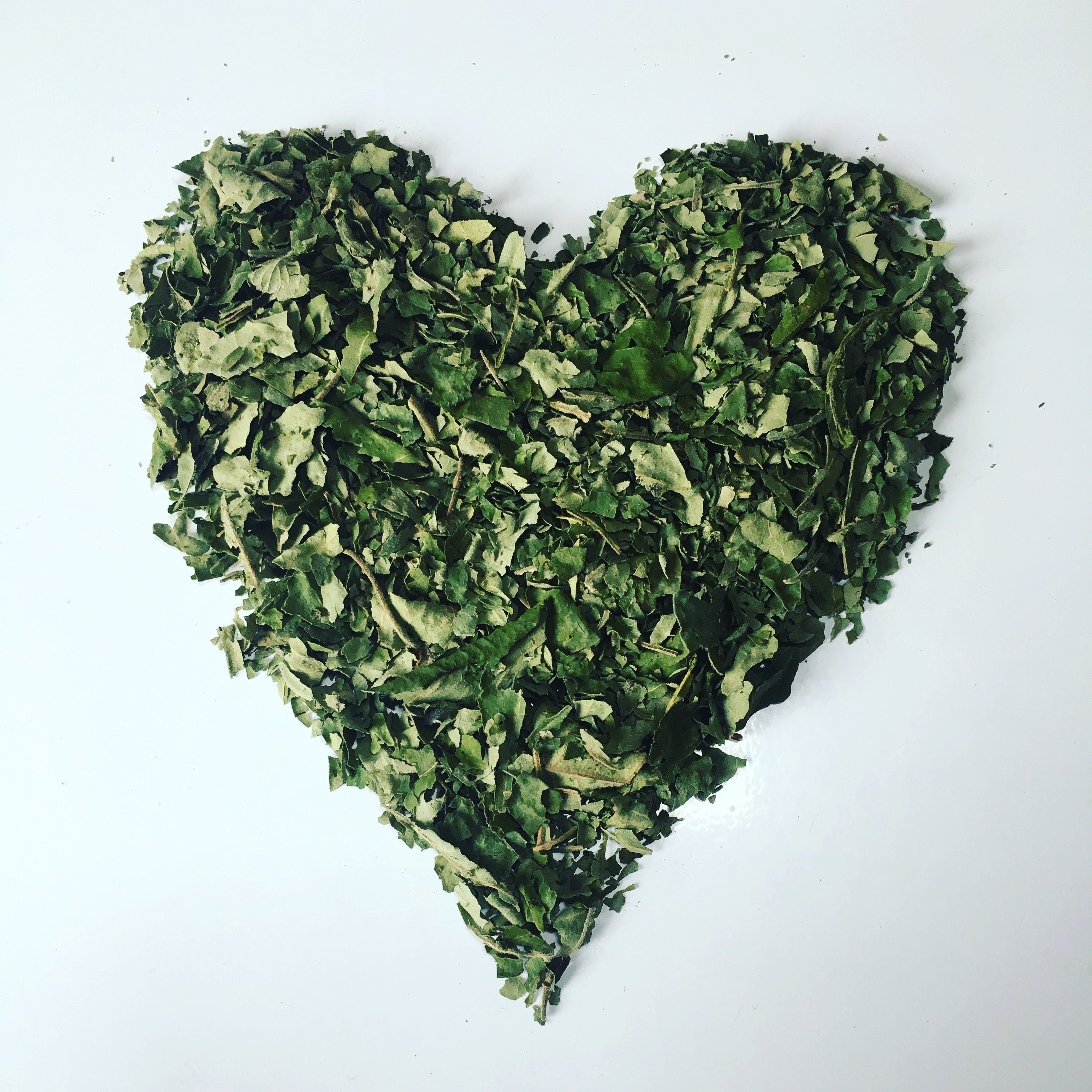
One of the tastiest and easy to harvest teas may be growing wild in your bioregion, perhaps even in your backyard.
The leaves of American persimmon (diospyros virginiana) and Asian persimmon (diospyros kaki) make a delightful, tasty and healthful tea that has been prized and valued in much of eastern Asia for centuries.
So why hasn't the tea gained popularity in the other areas where persimmons grow rampantly?
I wish I had an answer for you, but I honestly have no idea why it's not more popular than it is.
I can say that since moving to Missouri, I am often astounded at the rich biodiversity of edible plants that are not being widely used anymore (also certain abundant animal species like armadillo that are not being harvested). I should mention this with an emphasis on anymore, as many of these species were widely and frequently used and even commercialized (in the case of sassafras). I've gotten to know paw paw, persimmons, spicebush, sassafras, mulberry, cat briars, watercress, and other wild edibles more intimately since moving here. The use of persimmon leaf tea takes the cake in ease of harvest and quantity of edible product for time invested.
Many wild foods are seen as a novelty, a trail nibble or simply noted as a point of interest.
If you're at all interested in wildcrafting edible or medicinal plants and fungi, you'll notice that you’re more likely to go after certain species. They might taste better, they might be abundant or it might be because you can actually harvest a lot of food or medicine with relatively little effort. When I lived in Ontario, we'd harvest the fiddle heads (the young curled tendrils of ostrich ferns). My friends and I would pick a large quantity of high quality vegetable food in no time, the only preparation being a light rinse and 7 minutes of steaming before we could feast on them.
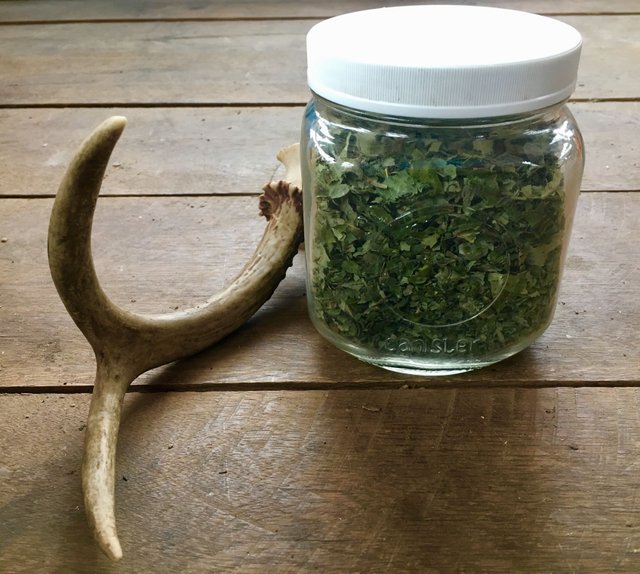
Persimmon tea shines as a wild food for us because it
grows readily
tastes great
offers a wide range of health benefits
is easy to harvest
coppices
Anytime I can crop a "weed" I'm usually pretty interested!!
Persimmons are known as a weedy species around here in southern Missouri. The property we purchased is FULL of them. Weedy might be a pretty harsh word for some, but to us it means a species that loves to grow and employs several strategies to ensure its survival. The plant can thrive in soils with low moisture and fertility and it will survive and tolerate a wide pH range. It also spreads by its seeds (which come packaged in a sweet orange fruit) and by suckering from its sprawling roots. If persimmons are already here, why not make use of them?
What does it taste like?
The taste is subtle, yet well rounded. It tastes green, a little earthy with undertones of fruit and a mild lingering tannin flavor. It's at once rich and gentle. It does carry some similarities to green tea brewed from the leaves of camelia sinensis. I've come to enjoy the flavor a great deal and appreciate blending it with tulsi (holy basil) or mint we grew and dried.
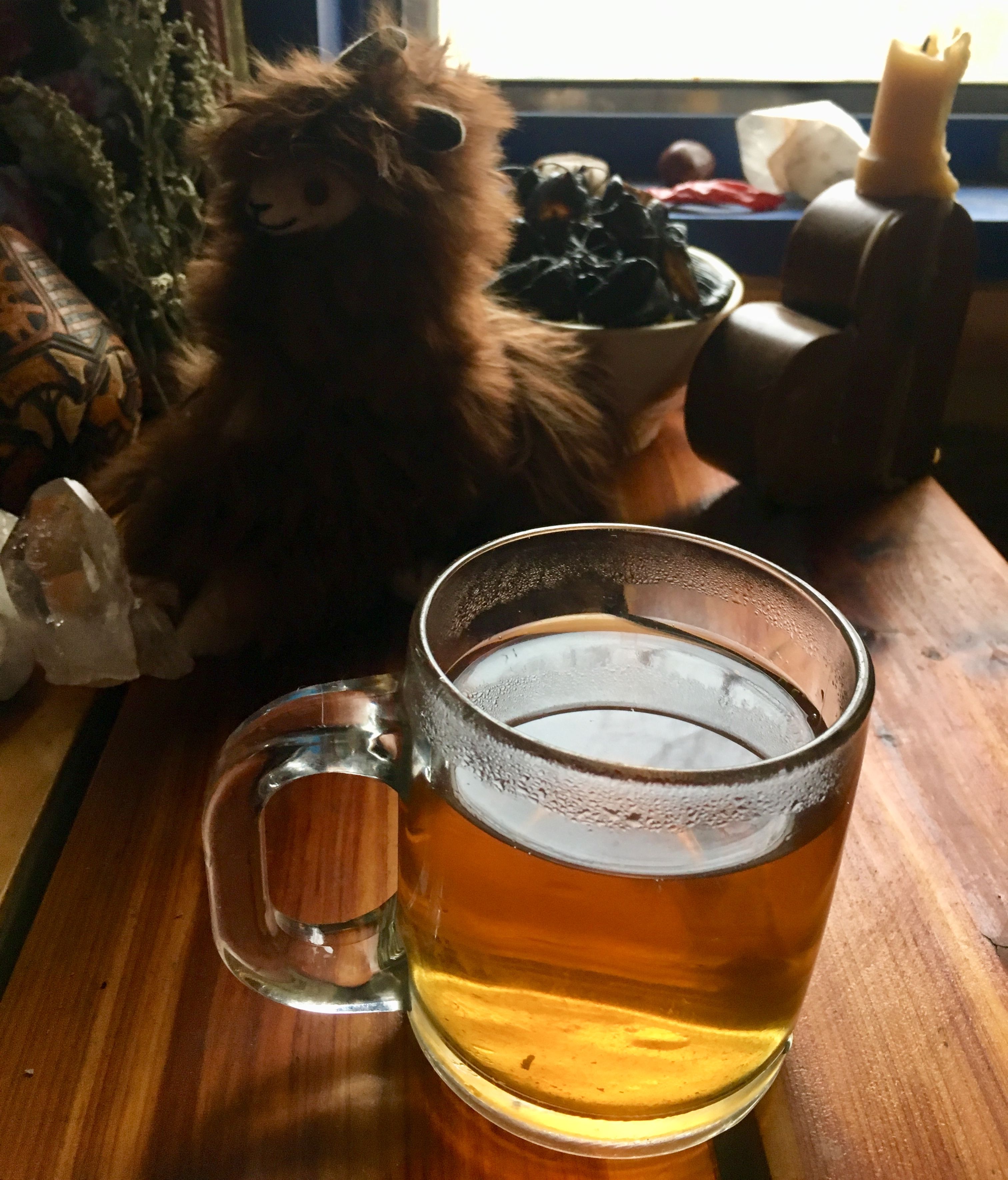
Health benefits
Herbal teas are a great way to increase fluid intake, create a restful ritual around tea time, as well as providing a range of vitamins, minerals and other useful compounds. So what's in persimmon leaves and how can this positively impact your health? Consuming persimmon leaf tea may help to
- Reduce blood pressure
- Support immunity
- Increase metabolism
- Strengthen circulatory system
- Prevent cancer
For starters, unlike green tea, there's no caffeine. There is also a great deal of vitamin C, which is a potent antioxidant that acts to support the immune system. The tannins and flavonoids present in the tea may help reduce blood pressure, while cartenoids act as antioxidants and keep free radicals from damaging cellular tissue. Rutin is a fairly uncommon compound (also found in buckwheat) that is present and helps strengthen and increase elasticity in blood capillaries. This tones the circulatory system and may prevent arteriosclerosis (fragile capillaries).
The tea also contains betulinic acid, an anti viral and anti carcinogenic compound that induces apoptosis in cancer cells (where they essentially commit suicide). This has been proven to have a particularly strong effect in cases of melanoma and influenza virus. The acid is also present in birch bark where it is transfered and concentrated in the chaga fungi. The use of chaga in Russia as folk medicine and later in cancer clinics is well documented.
Persimmon tea also boasts an impressive mineral content including magnesium, manganese titanium, calcium, phosphorous and others, as well as choline and amino acids. It has also been reported to aid in or cure seasonal allergies. Although it is solely anecdotal as I haven't found any data on this.
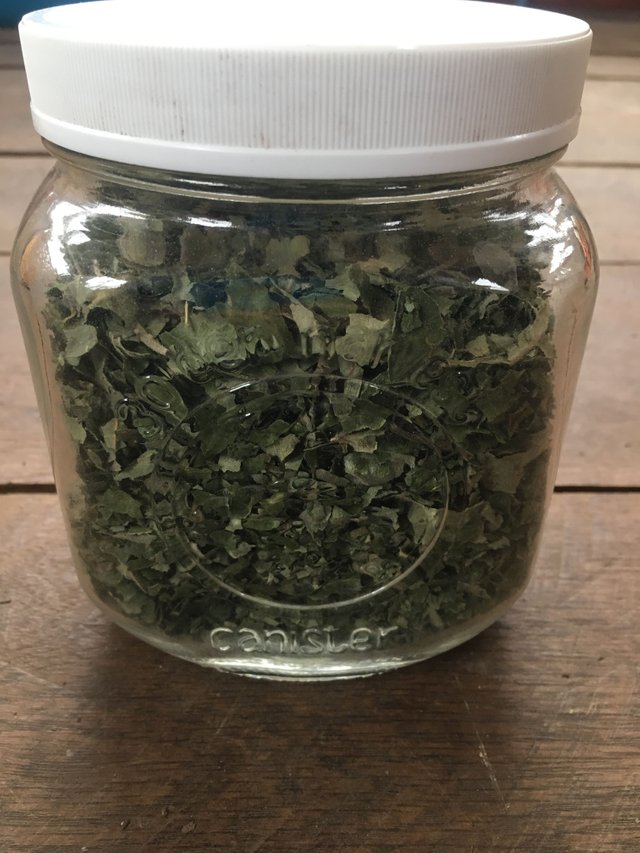
Easy to harvest
Last season was my first attempt at harvesting persimmon leaf, and I'm glad I did. In less than 2 hours of easy labor I secured 2.5 pounds. The process was simple. I went to the persimmon patch we thinned last winter to cut this year's growth. The stumps we had cut sprung up 3-5 shoots so I had a lot to choose from. I left some to graft onto the following season. Once I removed the shoots, I hung the entire piece upside down in our solar shed and waited for it to dry, which took about 4 days with a small fan helping out a bit. I then stripped the leaves by hand and rubbed the leaves together until they crumbled into smaller pieces. I transferred it to a bag and voila. It was very easy and gave me a good amount of dried leaf.
Managing a persimmon coppice
The ability to coppice is a great feature of any useful plant because it allows the tender/gardener/wildcrafter to keep the crop within easy reach. In other cases coppice is a technique used to create uniform material over several generations be it hazel, willow or other species used for pole wood. One can cut the tree low to the ground without any ill effect on the organism and even see rejuvenative growth and renewed vigor soon after.
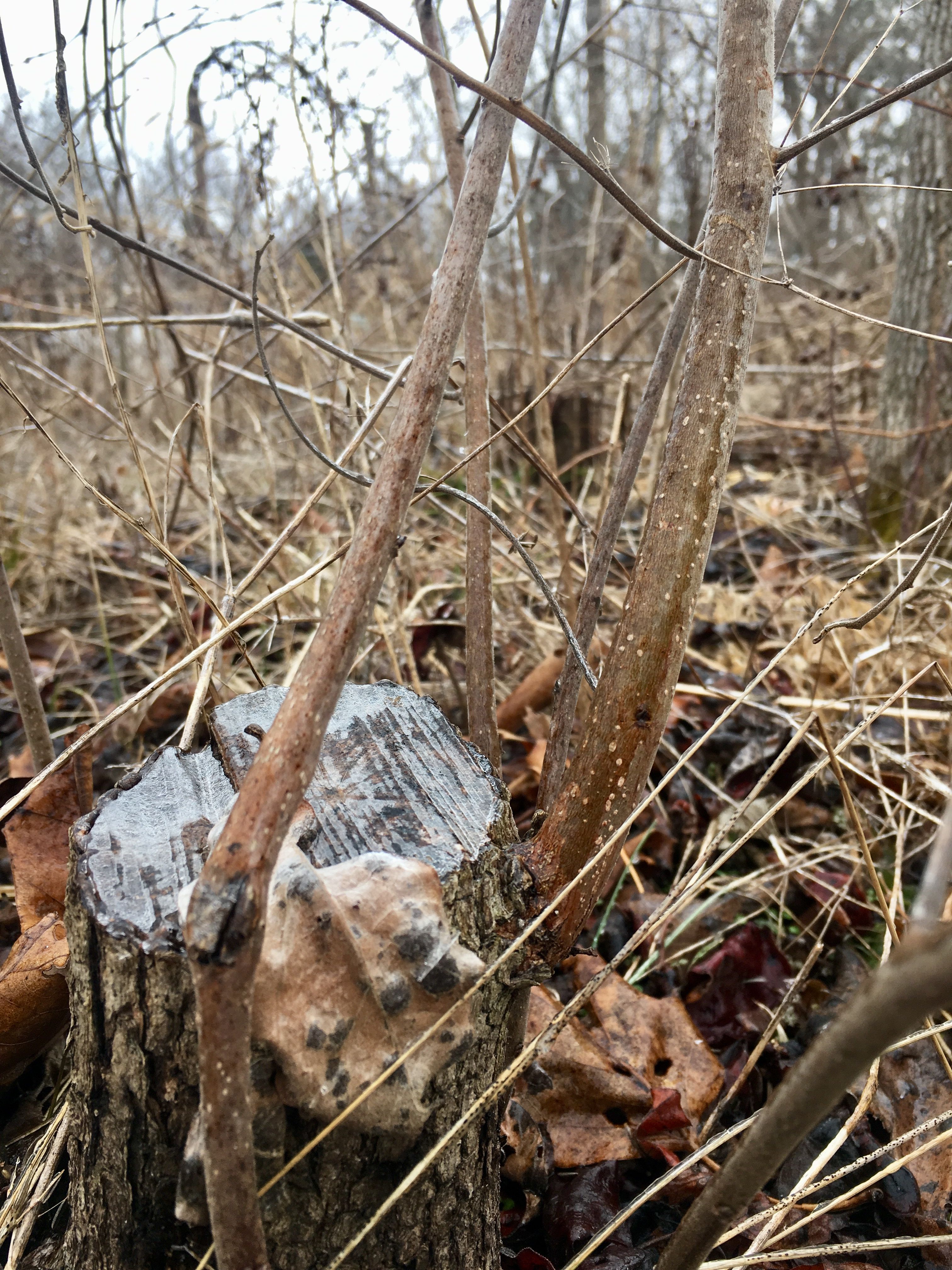
Persimmons have a tendency to sucker, which means they send up new shoots along their roots. This tendency allows for the tree to vigorously sprout new growth once a trunk is cut. This new growth produces tender young leaves which make superior tea. I suppose it would be best to coppice on a several year rotation, but I've yet to experiment with this over several years, so it's just speculation. I have heard from many neighbors that it's tough to get rid of them, even with continued and determined cutting. This tendency to sucker means that they can form dense colonies that are connected by the root network.
Multi use species
Persimmons are valuable species as they not only produce tea, but also bear fruit. It is a delightfully sweet and flavorful fruit, pudding like in texture with hints of cinnamon and spice. We have obtained scions of cultivated varieties and will graft onto our wild stock as the season progressed into spring. This is of course another post just waiting to happen, so stay tuned.
Yes! You have me pretty stoked about this tea. I LOVE tea. Those health benefits sound fantastic. I had high blood pressure several years ago and while my doctor wanted to out me on meds (at 25!) I got it under control with diet and lifestyle changes. High blood pressure seems prevelant in my family though so I am always mindful about foods that can help keep my blood pressure in check.
Matt and I add Chaga to our coffee daily. It's an easy way to get the benefits and blends well with the flavour.
While paw paw doesn't grow natively for us it's one we have toyed with planting on the homestead. We think our zone may be a touch too cold but we are hoping to make a microclimate for it to grow in.
We have been growing comfrey, lemon balm, bee balm, and mint for tea. We haven't been the greatest at harvesting regularly though. Our comfrey is a beast in the garden and works well for chop and drop too.
As for native species we enjoy Saskatoon berry, and raspberry berry patches. You can find Saskatoon's hiding all over the city but people are starting to catch on. The bushes by my parents place used to be a well kept secret but now they are bare unless you visit early in the season!
-Aimee
yes to everything you listed! way to go- you have quite the biodiversity! we have those plants here as well and we delight in their presence.. the plants are what makes this homesteading thing for us so exciting!!
I'm so happy you're stoked about the tea. Sounds like it could be a good option for you. I feel great when I drink it and it does have a feeling like it tonifies the entire system.
I'll be excited to follow your adventures in initiating paw paws to the colder climes :)
Hilarious too about your parent's saskatoon being bare now! lol that's what happens when people catch on... Hopefully it will take a while before they find out about all these delicious, nutritious, abundant persimmon leaves hehe <3 ~wren
Yum yum! aw lovely persimmons :)
:) such such lovely trees with so much to give <3
I wish we had persimmons. That sounds wonderful! I really need someone to give me a tour of the woods and lands to help me identify everything. I do eat/drink/wild craft a lot of wild things but there's so many things I don't know yet.
Yes there are always opportunities to learn more! Not sure if this exists near you, but sometimes there are wild plant walks offered. Then again, there's always YouTube or .. even more old fashioned, a regional book on wildcrafting, wild medicines or foods! Wild Edibles (the peterson fieldguide) is a favorite of mine, it's what I cut my teeth on :)
I do have a few field guides, I bought myself some books for Christmas :) Can't wait to get out and start working on identifying them all. These guides are amazing!
Yes!! yeah, they've been some of my best teachers -- that and finding stuff online. It is difficult to find teachers in real life sometimes! enjoy your IDing :)
I looove Persimmons! They're one of my favorite fruits. And the leaves being useful for tea? That's even better. I didn't know you could do that. Thank you!
Yes!! it is soo much better-- and plus, all those benefits of drinking it-- i'm sold!!
Thanks for teaching me something new today. We also plan to graft some natives this year. Good post!
awesome! glad to hear you learned something new. Excited that you also plan to graft- which varieties will you graft with? Thanks!
I think it is a fuyu (I may need to verify that on our map). This is it's 5th year growing on the homestead and last year it produced 2 fruit. I friend told me last year about grafting it to some natives, didn't think much about it until he gave us some fruit of a grafted tree. it was amazing and no seeds just like the fuyu!
I do not like persimmons. They are too astringent, but i will have the tea this spring.
Lovely, I hope you enjoy it. I hear you on the unripe persimmon thing, what a mouth pucker. when they're ripe though all the astringency disappears (usually after a good hard frost), they reveal themselves as a Truly wonderful Fruit.
Huh, I had no idea you could make tea from persimmon leaves! Thanks for teaching me something new today! 😊
yay! :) glad you learned something new! we didn't know either til we realized all over the place in asia this is a Very popular tea! hope you enjoy it!
Thank you! ♥
Good to know! Am a fan of the fruit (although I hate peeling them) but didn't know about the leaves. Have a persimmon tree growing in the field above my farm: the fruit mature, fall off and are eaten by deer so I'll need to commandeer it next year!
Yes those deer are so quick to get the fruit for sure! You're quite blessed to have a tree growing so close to you. How exciting. Good thing the deer wont get all the leaves first, too ;)
I only recently tried a persimmon fruit. Didn't know you could use the leaves too though.
yes! we discovered it last year and have been drinking the tea ever since. i mean if asians have been doing it for 1000s of years :) ... love the fruit, too!!
Thank you for contributing your knowledge to help others! This post has been added to the Sotall.org Directory of Self Sufficiency & Survival posts. One of our goals is to provide access to the knowledge of our fellow Steamians, that will still be seen, long after the 7 day period is passed. If you write any future articles with instructions on how to do any tasks related to a homestead or survival, to ensure they are added to the directory, please submit them. They will be added as soon as possible.